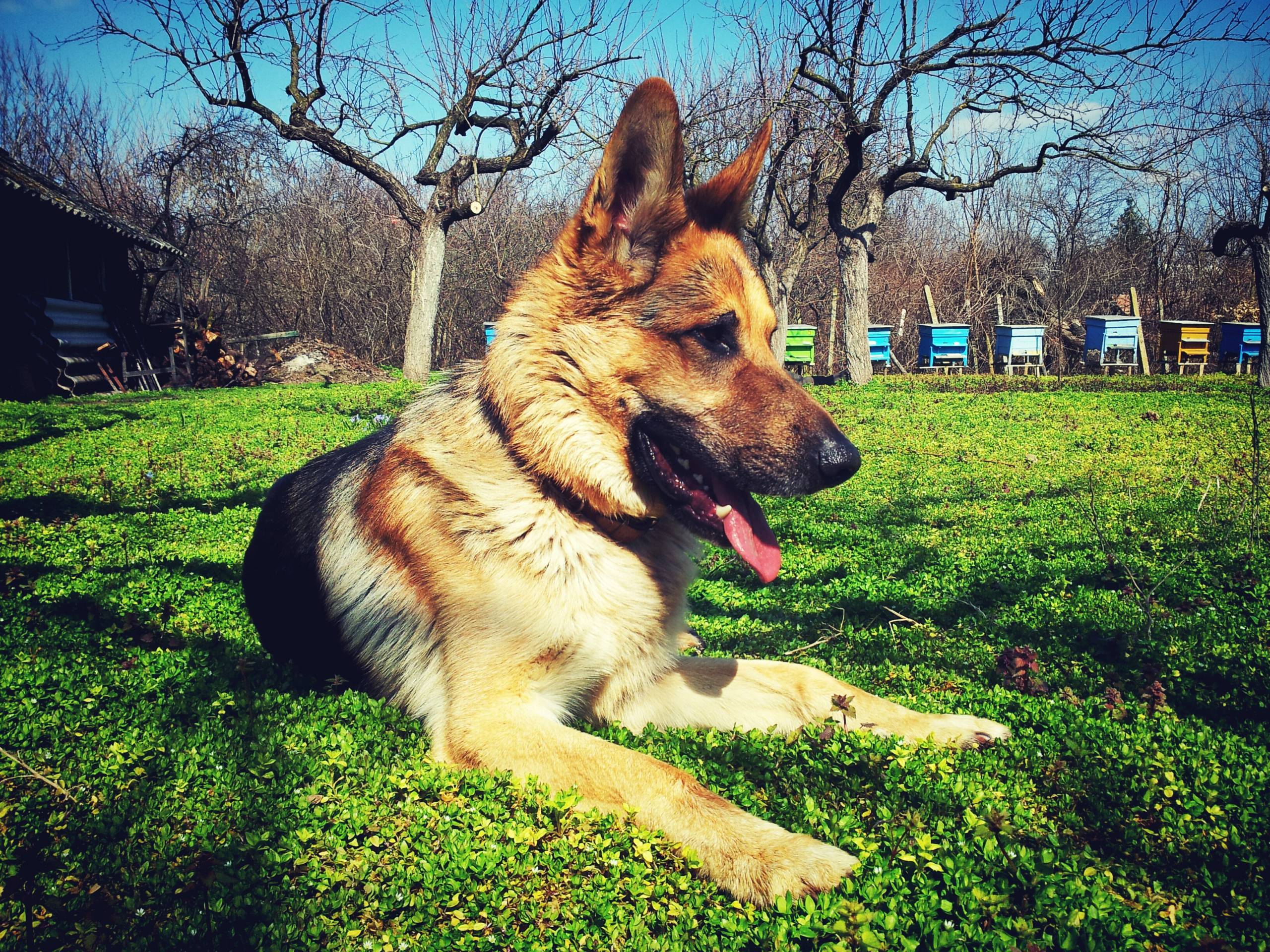When we gaze into the eyes of our dogs, a sense of curiosity often arises about their inner world. Though they lack the ability to articulate their thoughts, dogs express their feelings and ideas through behavior and body language. Gaining insight into canine cognition enriches our relationship and enhances the care we provide.
The Power of Senses
Dogs navigate their environment predominantly through their senses, with an exceptional sense of smell that far exceeds our own. They can detect scents at incredibly low concentrations, effectively gathering information about their surroundings. When a dog stops to sniff a lamppost or a patch of grass, they are interpreting a complex chemical narrative left by other animals. For dogs, the world is a rich tapestry of scents, each new aroma offering a story to decipher.
In addition to smell, dogs rely on their sight and hearing. Although their perception of color differs from ours, they possess superior night vision, aiding them in low-light situations. Their acute hearing allows them to detect a wider range of frequencies, capturing sounds that often escape human notice. This multi-sensory approach shapes their understanding of the world and influences their behavior.
Instincts and Basic Needs
A dog’s thought process is deeply grounded in instinctual drives. Much like humans, dogs have fundamental needs that shape their actions, including food, safety, social interaction, and play. A hungry dog fixates on finding food, while a threatened dog prioritizes safety. Recognizing these instincts offers valuable insight into canine thought patterns in various scenarios.
The Role of Social Connections
Being pack animals, dogs are inherently social creatures, and their social structure profoundly impacts their thinking and behavior. They are sensitive to human emotions, often sensing when their owners are happy, sad, or stressed. This emotional awareness allows dogs to respond in ways that provide comfort, such as curling up next to an owner who is feeling down. Such behaviors highlight how dogs think in relation to their social bonds.
The Importance of Play
Play is another vital component of canine cognition. Dogs are naturally playful, and engaging in play is crucial for their mental and physical health. Through play, dogs not only enjoy themselves but also hone essential survival skills, learn about their environment, and develop social interactions. Their thoughts during play often center around excitement, curiosity, and the joy of connection.
Communication and Interpretation
Though dogs do not speak our language, they excel in conveying their needs and emotions through body language, vocalizations, and behaviors. A wagging tail may signify happiness, while a lowered head can indicate submission or anxiety. Understanding these signals provides insight into a dog’s mindset. For example, a dog barking at the door may be expressing excitement about a visitor or alerting you to something unusual in the environment.
Learning and Memory
Dogs possess remarkable learning and memory capabilities. They can recall commands, tricks, and experiences, which in turn shapes their thoughts and expectations. Training fosters associations, where positive reinforcement helps them grasp desirable behaviors. For instance, a dog that learns to associate sitting with receiving a treat develops a clear understanding of cause and effect, influencing their daily actions.
Individuality and Experience
While dogs share common thought processes, their breed and individual personality also play significant roles. Breeds developed for specific tasks exhibit distinct instincts that affect their behavior. For example, herding breeds may instinctively chase and control movement, whereas retrievers often display a natural inclination to fetch. Acknowledging these breed-specific traits can deepen our understanding of a dog’s thought processes and enhance training approaches.
Life experiences further shape a dog’s thoughts. Positive interactions, like playing with other dogs or enjoying walks, contribute to a sense of happiness and security. Conversely, negative experiences, such as trauma or mistreatment, can lead to anxiety or fear. Dogs retain memories of these experiences, impacting their behavior in new situations. A dog with a history of abuse may approach unfamiliar environments cautiously, while one with positive experiences may exhibit curiosity and confidence.
Enhancing Relationships
Understanding canine thought processes can significantly enhance our relationships with dogs. Observing their behaviors while considering their instincts and experiences allows us to meet their needs more effectively. For instance, if a dog appears anxious in a crowded space, recognizing their discomfort enables us to provide reassurance or remove them from the situation.
Empathy plays a crucial role in our interactions with dogs. By considering their emotions and needs, we can respond appropriately. A dog that hides during a thunderstorm is not merely timid; they are experiencing genuine fear. Acknowledging such feelings empowers us to create a safe and comforting environment.
Building Community Awareness
Recognizing how dogs think also helps us interact responsibly with unfamiliar dogs in public spaces. Being aware of signs of stress or aggression can prevent conflicts and ensure a safer environment for everyone involved. By understanding canine thought processes, we foster a sense of community among dog owners, collectively working towards positive experiences for all furry companions.
The Profound Bond
The connection between humans and dogs is both unique and profound. For thousands of years, dogs have been our loyal companions, and their capacity to understand and bond with us is extraordinary. By appreciating what dogs think about—ranging from their needs and experiences to their relationships—we enhance our care and deepen our appreciation for their role in our lives.
Ultimately, dogs think about their needs, experiences, relationships, and the world around them. Their thought processes, shaped by instincts, senses, and learned behaviors, are complex and distinct from our own. Recognizing this complexity fosters compassion and effective care, allowing both dogs and humans to thrive together.

